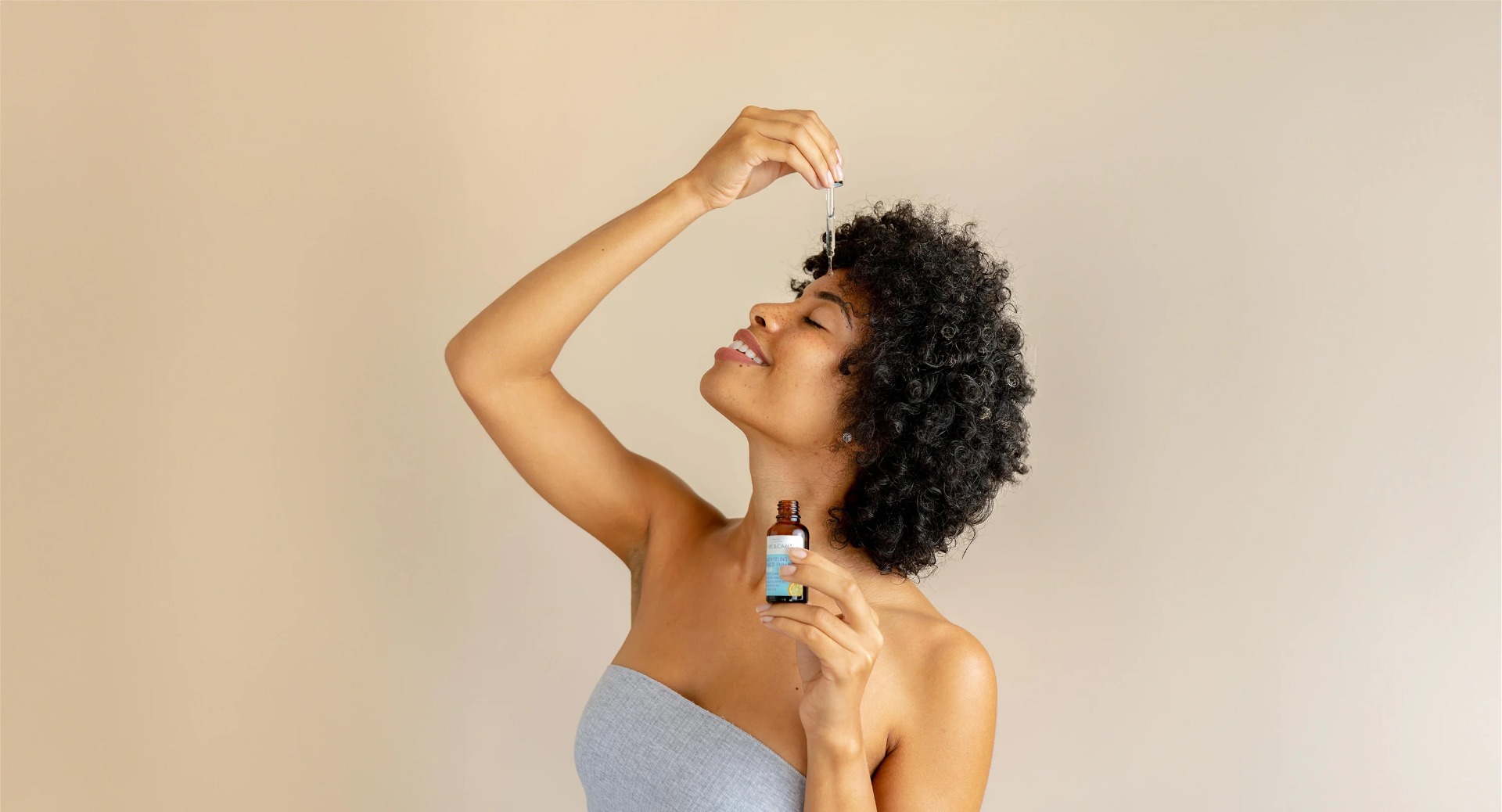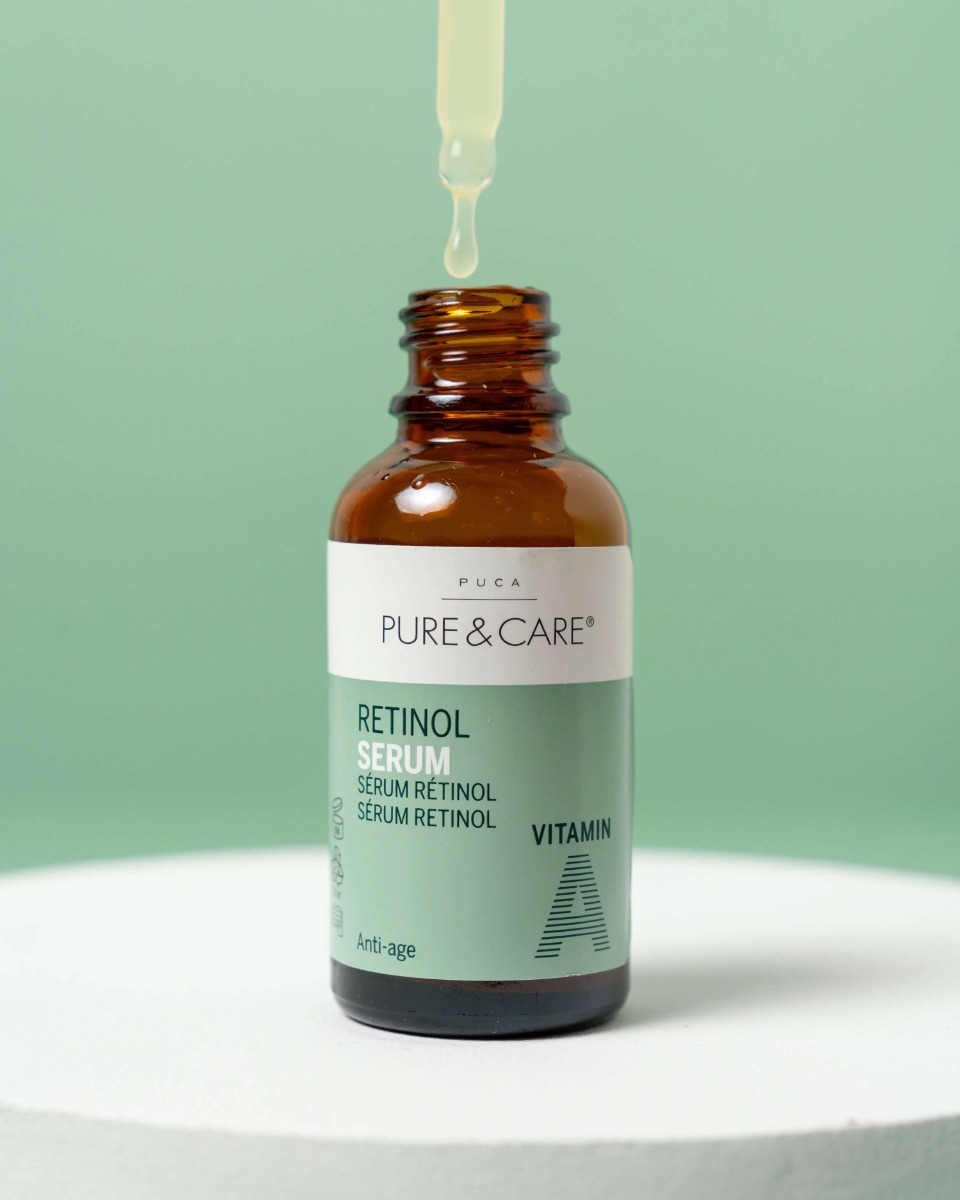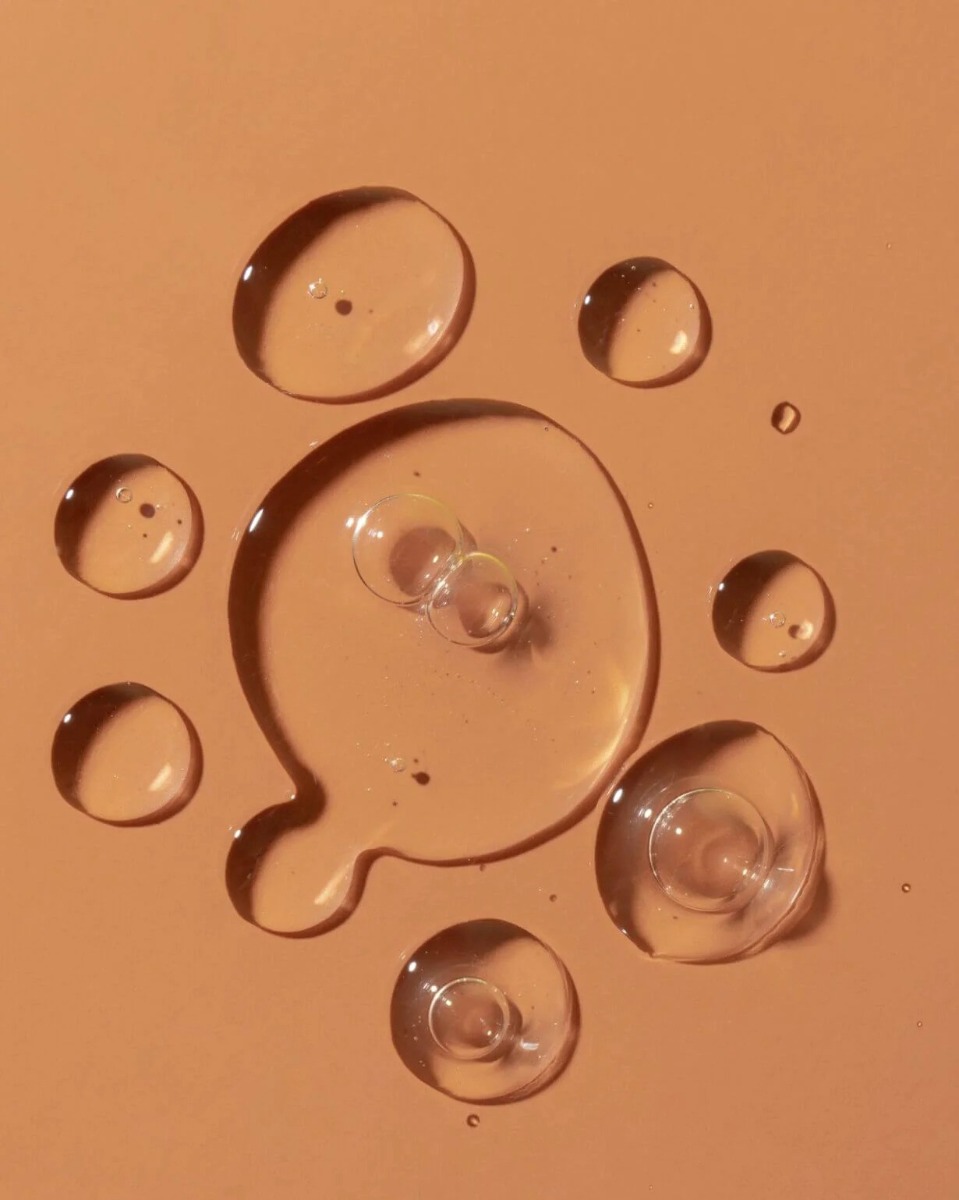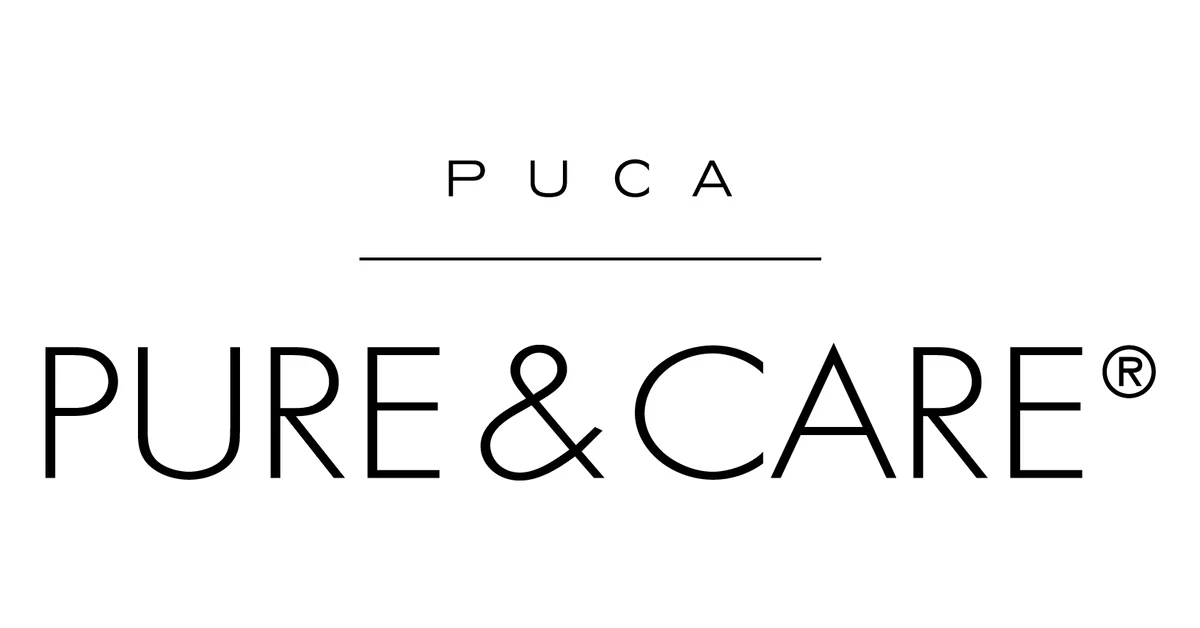
Pregnancy and skin care
During pregnancy
According to the cosmetic legislation in the EU, our products are safe to use. However, there are many considerations and opinions regarding the ingredients Salicylic Acid, Retinol, and Retinol derivatives (Retinol is a derivative of vitamin A).
If you are in doubt or unsure about whether you should use products containing these or other ingredients, we recommend that you refrain from using them.

Basis for safety Assessment
The famous Renaissance physician Paracelsus, who lived from 1493 to 1541, is often referred to as the "father of toxicology.” A translation of his central viewpoint can be provided as: "What is there that is not poison? All things are poison, and nothing is without poison. Solely the dose determines that a thing is not a poison." In this way, he paved the way for subsequent toxicologists to examine the boundary between being toxic and non-toxic and to define the so-called NO-Adverse Effect Level (NOAEL) as the highest tested dose of a substance where no negative effect is observed. By defining that a lower dose will not produce negative effects, Paracelsus actually laid the groundwork for the modern separation of the concepts of hazard and risk.
These NOAEL values for each individual ingredient form the basis for the required safety assessment of both foods and cosmetics.
The second basis for safety assessment is the maximum amount of the cosmetic ingredient one may be exposed to under reasonably foreseeable conditions of use. When assessing exposure levels, it is done based on experiences with the product type as well as the guidance provided by the supplier in their presentations of the product (labeling, marketing materials). Additionally, concerning exposure to a given substance and its effects inside the body, one evaluates how much of the given substance is potentially absorbed.
All the products marketed by PUCA PURE & CARE have been safety assessed as required by EU legislation, as part of the process before production and marketing.
Regarding the safety assessment of cosmetics for use by pregnant and breastfeeding women, particular concern may arise regarding substances with potential hormone-disrupting or developmental effects.
Considering the expected uses of the products and the concentrations of ingredients like BHA acid Salicylic Acid, AHA acids like Glycolic Acid, and Vitamin-A derivatives like Retinol that PUCA PURE & CARE uses, there is no immediate reason to advise against their use by pregnant women, assuming they maintain a varied diet[1]. However, note that some products are not intended for use by young children and teenagers.
____________________________________
1If one consumes large amounts of, for example, liver or cod liver oil, it can lead to an overall excessive intake of vitamin A

Pregnancy and balances
Understanding how the human body operates involves numerous balances between factors such as energy and energy expenditure, enzymes, microorganisms, peptides and proteins, carbohydrates, fats, and salts, it is understandable that these many balances can be disrupted.
Such disruptions occur most easily during transitional periods when the body is already challenged with finding new equilibrium points. This applies to stages such as during fetal development, as a newborn, during puberty, during pregnancy, during menopause, as well as during illness and when facing other challenges.
Missing knowledge
For various reasons, pregnancy has rightfully become a focus area for many. Good guidance involves both eating and using cosmetics in a balanced manner and attempting to listen to the body's own signals.
Research on the effects of substances during pregnancy and after childbirth unfortunately lags behind many other research areas, partly because in the EU, experiments on animals for the purpose of assessing a substance for cosmetic use are no longer permitted, and because there are currently no scientifically secure alternative methods in this field. This means that alternative methods, which are not quite as close to reality, are necessary. This is the case, for example, when studying hormone-disrupting substances and many other factors that can influence our lives.
As a result, establishing concrete and scientifically grounded guidelines can be very difficult. It is an area where new discoveries will constantly emerge, and where false rumors can easily spread.
For any responsible advisor, this will likely mean that, in general—and especially during transitional periods when the body is already challenged with finding new equilibrium points—one must encourage everyone to try to listen to the body's own warnings and reactions—and act accordingly without resorting to extremes.
Sources
- Grandjean P. Paracelsus Revisited: The Dose Concept in a Complex World. Basic & clinical pharmacology & toxicology. 2016;119(2):126-132
- Regulation (EC) No 1223/2009 of the European Parliament and of the Council of 30 November 2009 on cosmetic products; Official Journal of the European Union. Konsolideret version fra 01/12/2023 lokaliseret på https://eur-lex.europa.eu/legal-content/EN/TXT/?uri=CELEX%3A02009R1223-20231201
- SCCS/1639/21, Revision of the scientific Opinion (SCCS/1576/16) on Vitamin A (Retinol, Retinyl Acetate, Retinyl Palmitate). The SCCS adopted this document during the plenary meeting on 24-24 October 2022. Lokaliseret på https://health.ec.europa.eu/system/files/2023-08/sccs_o_261.pdf
- SCCS/1601/18, Final Opinion – Corrigedum of 20-21 June 2019. Opinion on salicylic acid (CAS 69-72-7), Submission I. The SCCS adopted the final Opinion by written procedure on 21 December 2018. Lokaliseret på https://health.ec.europa.eu/system/files/2021-08/sccs_o_223_0.pdf
